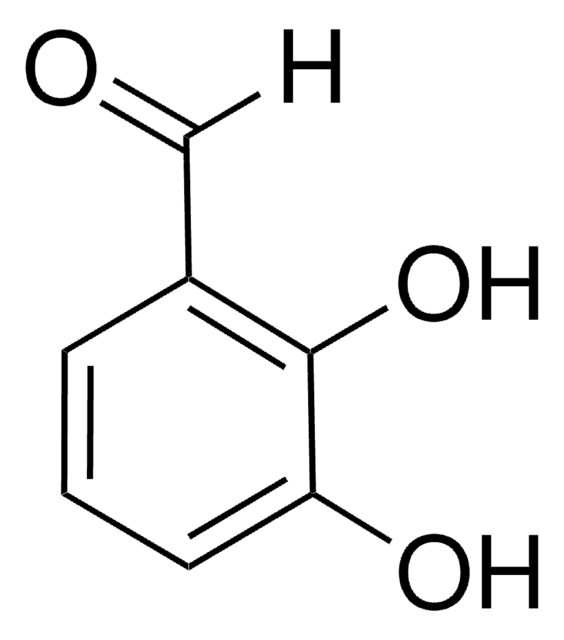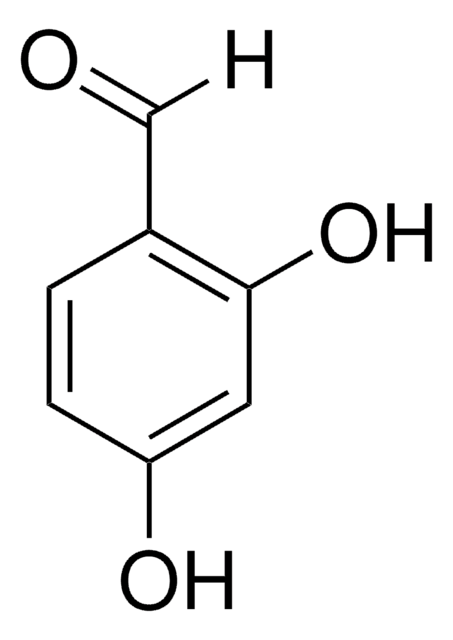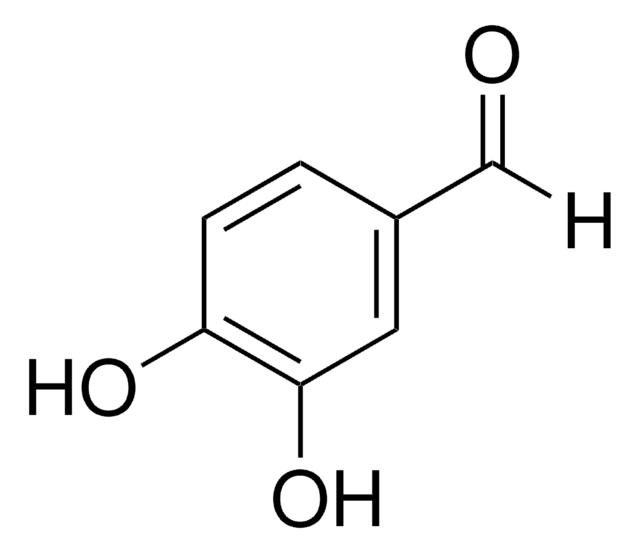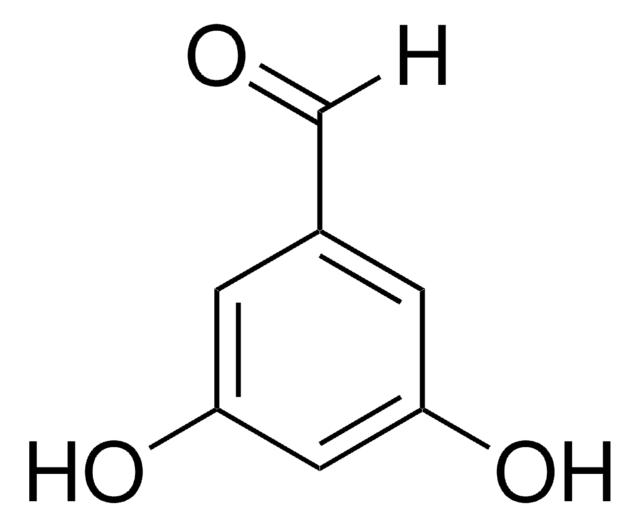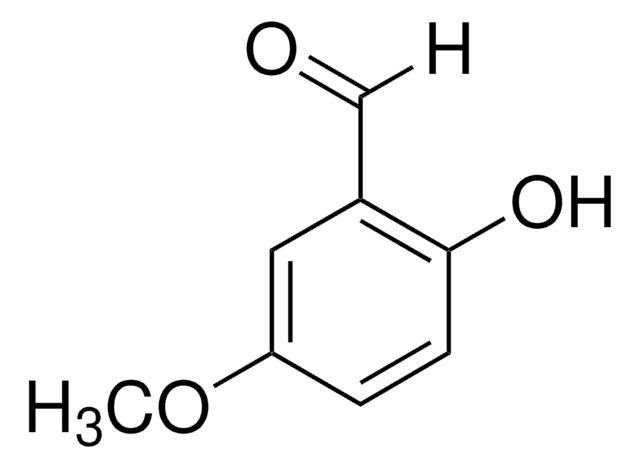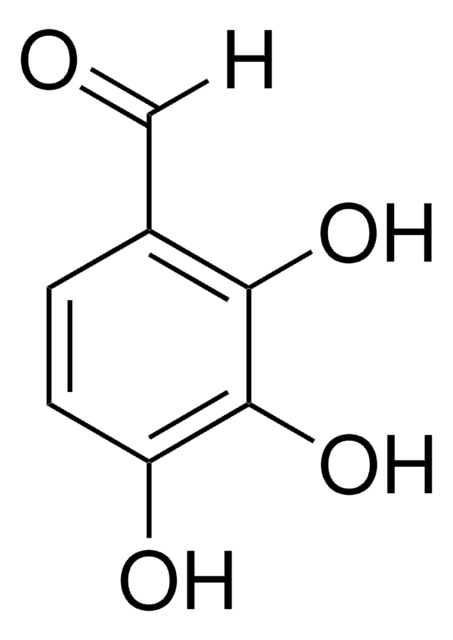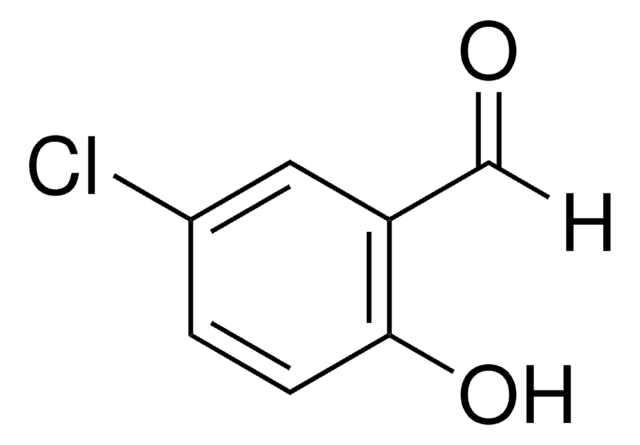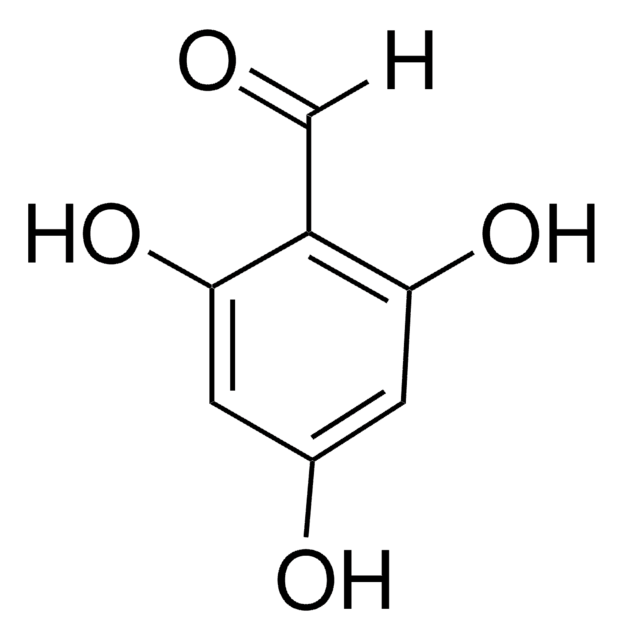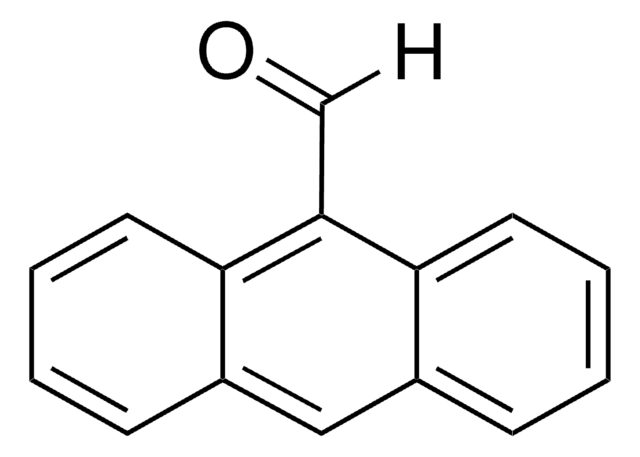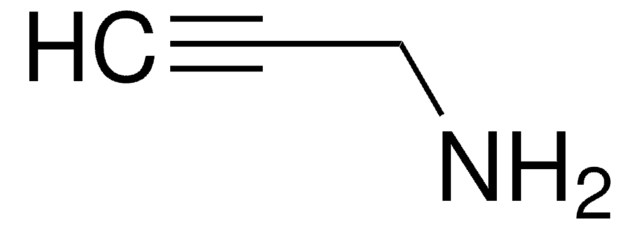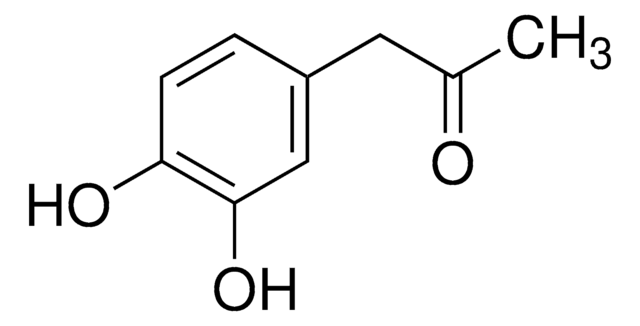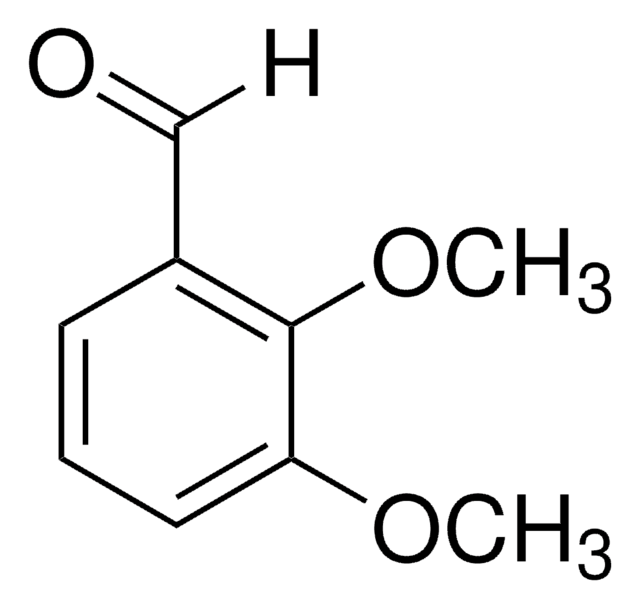D108200
2,5-Dihydroxybenzaldehyde
98%
Synonym(s):
Gentisaldehyde
About This Item
Recommended Products
Quality Level
Assay
98%
form
crystals
mp
97-99 °C (lit.)
SMILES string
Oc1ccc(O)c(C=O)c1
InChI
1S/C7H6O3/c8-4-5-3-6(9)1-2-7(5)10/h1-4,9-10H
InChI key
CLFRCXCBWIQVRN-UHFFFAOYSA-N
Looking for similar products? Visit Product Comparison Guide
Signal Word
Warning
Hazard Statements
Precautionary Statements
Hazard Classifications
Eye Irrit. 2 - Skin Irrit. 2 - Skin Sens. 1 - STOT SE 3
Target Organs
Respiratory system
Storage Class Code
11 - Combustible Solids
WGK
WGK 3
Flash Point(F)
Not applicable
Flash Point(C)
Not applicable
Personal Protective Equipment
Regulatory Listings
Regulatory Listings are mainly provided for chemical products. Only limited information can be provided here for non-chemical products. No entry means none of the components are listed. It is the user’s obligation to ensure the safe and legal use of the product.
JAN Code
D108200-VAR:
D108200-1G:
D108200-BULK:
D108200-5G:
D108200-25G:
Choose from one of the most recent versions:
Already Own This Product?
Find documentation for the products that you have recently purchased in the Document Library.
Customers Also Viewed
Global Trade Item Number
| SKU | GTIN |
|---|---|
| D108200-1G | |
| D108200-25G | 4061833558607 |
| D108200-5G | 4061833558614 |
Our team of scientists has experience in all areas of research including Life Science, Material Science, Chemical Synthesis, Chromatography, Analytical and many others.
Contact Technical Service